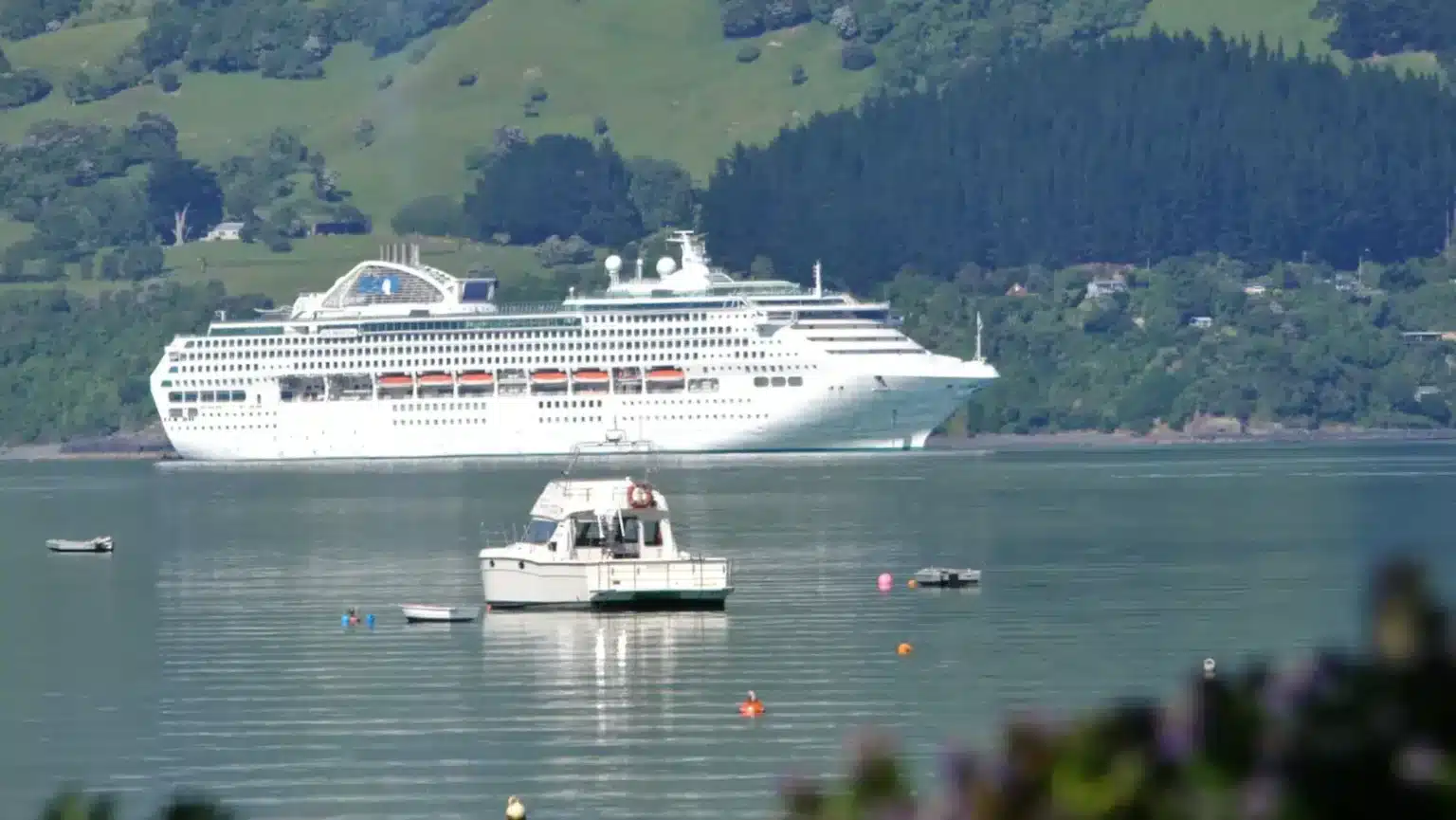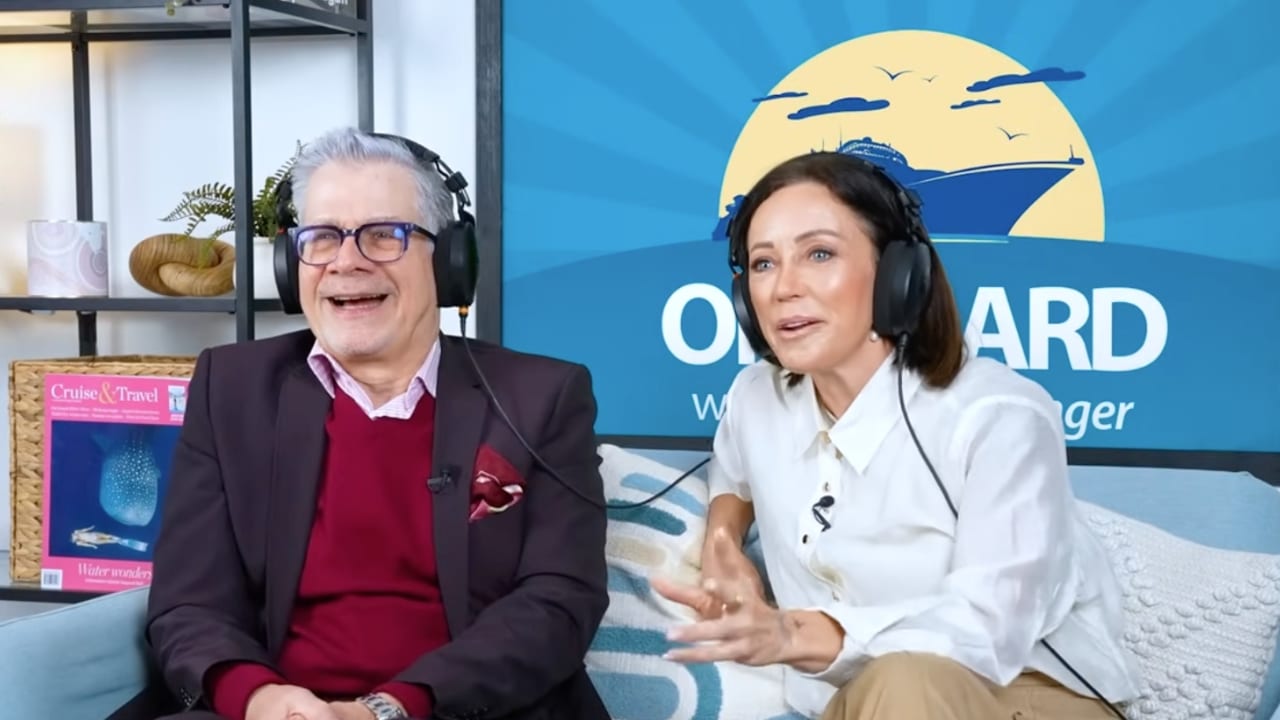The New Zealand government has passed increased border processing levies for cruise ships despite the frantic pleas of the industry.
The New Zealand Cruise Association wrote in a statement: “The government has announced its decision on Border Processing Levies, increasing the total fees for cruise passengers from $16.03 to $27.82, effective from 01 December.
“Despite strong submissions opposing the increase, this disappointing outcome will result in over $3 million in unbudgeted costs for cruise lines this season.
“NZCA, CLIA, and our cruise line partners are actively working with Customs and other government agencies to ensure better alignment with the industry, and to ensure that any future consultation on changes are undertaken earlier allowing the industry to plan for such expenses more effectively.”
Why the fee is bad news for the industry
The increase is significant for a number of reasons. The first being the dollar amount, with the processing cost for travellers arriving from cruise ships to rise from $11.48 to $21.54, a huge 88% rise.
Furthermore, the rise is specific to those who are arriving via cruise ship. In fact, the level for air travellers will actually decrease.
Furthermore, the timing of the increase means that cruise lines can’t pass on the cost to their passengers, as the implementation will be instant, meaning cruise lines will have to fork up out large sums in the upcoming season that they hadn’t previously accounted for.
The New Zealand Cruise Association has provided an updated figure that states this will cost cruise lines more than $3 million over the coming season. Cruise lines have already been at odds with the New Zealand government over recent seasons, due to a number of large cruise ships being turned away from New Zealand waters due to strict biofouling regulations.
Perhaps most crucially is that this increase is arriving at an already extremely difficult time for the cruise industry, both in New Zealand and across the pacific region as a whole. Cruise lines have been pulling ships out of the region, often citing high regulatory costs, not making it an ideal time to tack on another.
For example, New Zealand is set to see about a 22% drop in cruise visitation over the upcoming season, but this number is projected to drop even further the following season.
The approval of the fee increase also represents a disconnect between industry and government, as the New Zealand Cruise Association had previously explicitly asked for the fee to be revised.
“The New Zealand Cruise Association (NZCA) is deeply concerned about the proposed 88% increase in the Customs Border Processing levy for cruise passengers by NZ Customs Service, aimed at cost recovery.
“This proposal, slated to take effect on 1 December 2024, comes at a critical time for the cruise industry, which is already experiencing a 22% reduction in passenger numbers for the 2024/2025 season due to rising operational costs in New Zealand.
“While NZCA appreciates the work that NZ Customs Service does to protect New Zealand’s border, NZCA remains committed to engaging constructively to ensure a fair and sustainable outcome for all stakeholders.
“The proposed 88% increase on 1 December 2024 will substantially impact the cruise sector as passenger sales for the 2024/2025 season have already been finalised.”
Essentially, cruise lines will see less profits in New Zealand this upcoming season due to the increased levy. Cruise lines make their deployment decisions financially and less ships and itineraries means less money for the local economy.
To pile on further, New Zealand recently tripled its international visitor levy to $100. This cost may not be specific to cruise but represents more significant costs for cruise lines who transport thousands of passengers at a time into the country.
Managing Director at Cruise Lines International Association Joel Katz made the point that extra fees arriving at a crucial time for the industry are extremely unwelcome.
“New Zealand is at a crucial juncture in its tourism recovery, facing challenges that include high operating costs and various regulatory barriers.
“While tourism levies are not uncommon globally, the recent decision to triple the International Visitor Levy to $100 could create additional hurdles at a time when the broader tourism sector is still striving to return to pre-COVID levels.
“Cruise tourism has the potential to be a cornerstone of NZ’s economic recovery. Its landscapes, culture, and welcoming people are what set NZ apart and keep visitors coming back.
“As the NZ cruise sector works to position NZ as an attractive destination for international cruise travellers, the government needs to carefully consider how additional costs and barriers may influence the deployment choice.”









I for 1 wont go back to NZ any more.
It is unfortunate that the government is so out of touch with the cruise industry. Bad enough to increase border fees by 88%, but rediculous to charge a cruise ship passenger calling into Auckland for 8 hours, a $100 fee when there are no facilities or services that will be provided in the city for that passenger. And also stupid to charge a 1-day visitor the same fee as someone staying in NZ for 30 days or more.
This will only harm our tourism industry and see NZ dropped from cruising itineraries in future years.